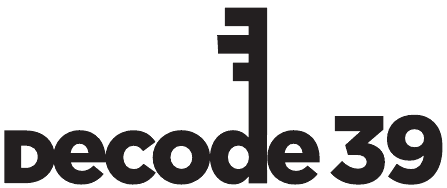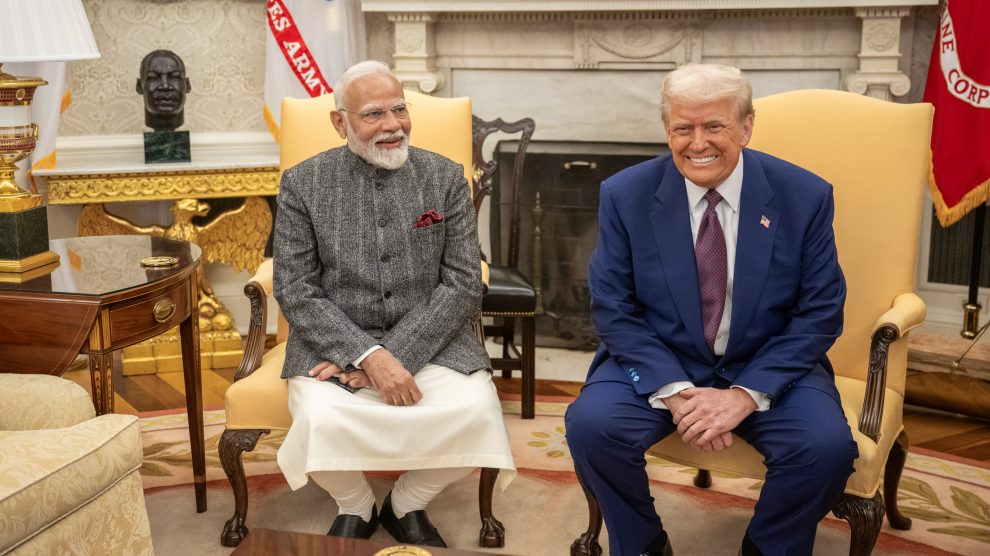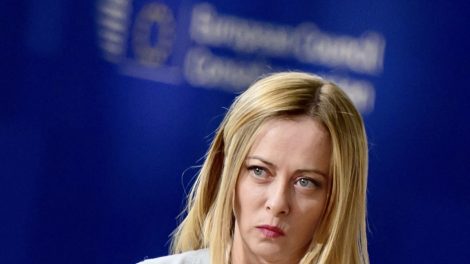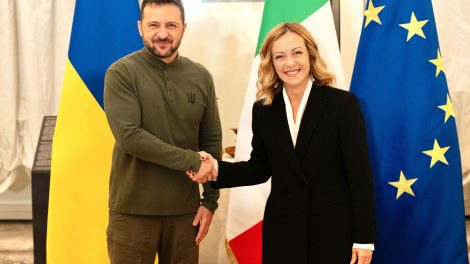Gaining momentum. The United States is doubling down on the India-Middle East-Europe Economic Corridor (IMEC)—also known as the “Golden Road”—as a critical trade link connecting Asia, the Middle East, and Europe.
- At the White House, during a meeting with Indian Prime Minister Narendra Modi, US President Donald Trump declared a vision for “one of the greatest trade routes in history,” integrating ports, railways, and undersea cables to enhance economic and strategic connectivity.
- Beyond commercial prospects, IMEC is designed as a strategic tool for enhancing supply chain resilience and mitigating security risks, particularly in light of the challenges facing the Suez Canal, which was recently destabilised by Houthi attacks in the Red Sea.
- The corridor offers an alternative route that could reshape global trade dynamics, reducing Europe’s dependency on traditional chokepoints.
Renewed commitment. Trump’s renewed commitment to IMEC follows its 2023 launch at the G20 summit in New Delhi, signalling Washington’s strategic priority in reinforcing ties with India and Middle Eastern partners.
- “Both Trump and Modi reiterated the importance and need for the IMEC along with Italy and others to be pursuedas it could turn into a corridor of peace”, said Ambassador Anil Trigunayat, a distinguished fellow at Indian public policy think-tank Vivekananda International Foundation.
- “Happily, New Delhi and UAE are already going ahead with their part of the deal so that once the current hurdles are removed the corridor could move apace,” he added.
Amid geopolitical uncertainties… the corridor is seen as a counterbalance to China’s Belt and Road Initiative (BRI).
- IMEC’s revival under Trump reflects continuity with the Biden administration’s broader geopolitical strategy, linking the corridor to potential Israel-Saudi normalisation deals.
- Italy, having formally exited BRI last year, now stands among IMEC’s signatories, alongside the UAE, Saudi Arabia, France, Germany, the EU, the US, and India.
- Gulf nations, including Saudi Arabia and the UAE, view IMEC as complementary to Chinese investments, aligning with their multi-alignment strategy in a shifting global order.
- For the EU, IMEC could catalyse further dialogue—potentially paving the way for a Free Trade Agreement with India, especially with the upcoming EU-India Trade and Technology Council in New Delhi on February 28, 2025.
Italy’s next move. While France is actively positioning Marseille as the European hub for IMEC, Italy has yet to define its strategic role with the same clarity.
- Rome’s primary asset is the port of Trieste, renowned for its technical capabilities and robust supply chain links to Central Europe.
- To capitalise on IMEC’s momentum, Italy must accelerate investments and cement Trieste’s status as a critical node in the corridor’s development.
- This is a rare opportunity for Italy to leverage its strategic location and industrial strengths, ensuring it is not sidelined in the reconfiguration of global trade routes.
(Photo: X, @POTUS)





